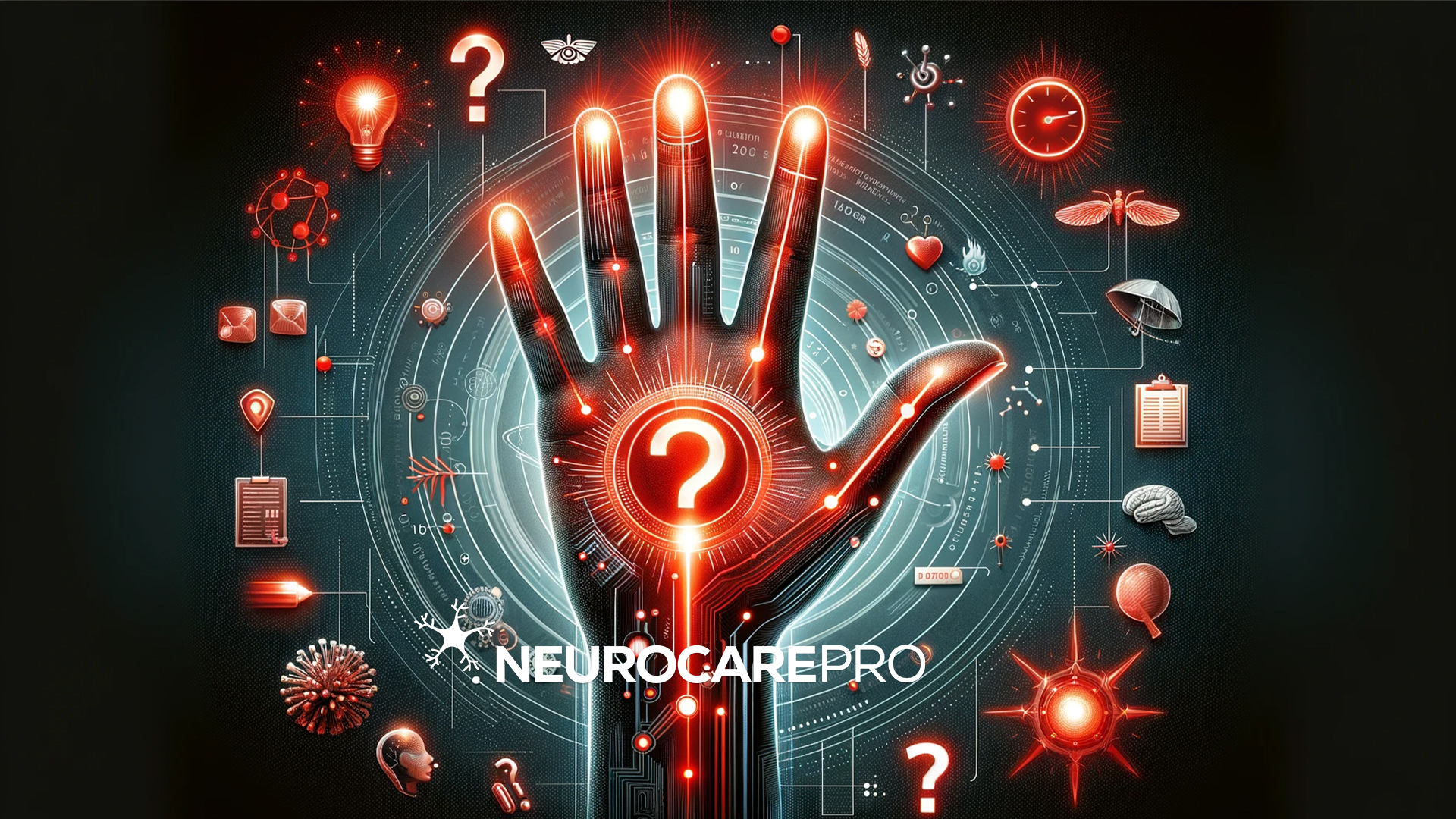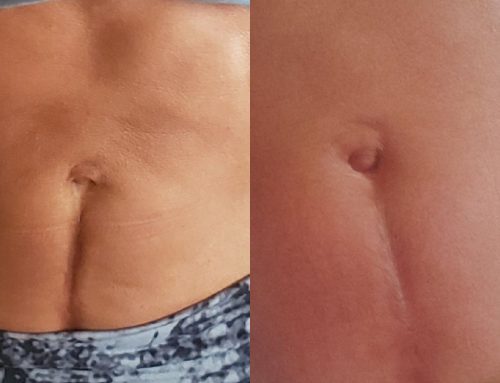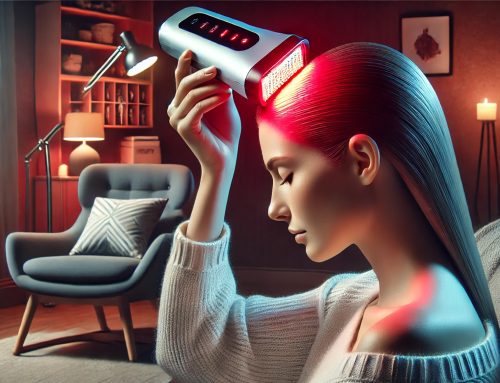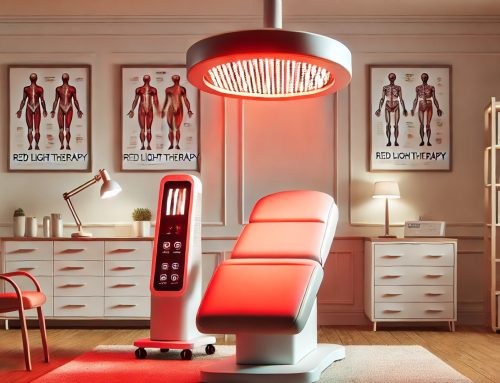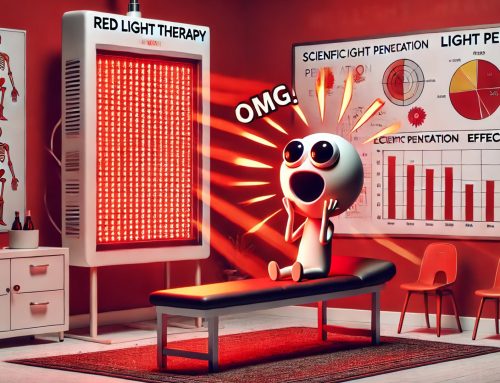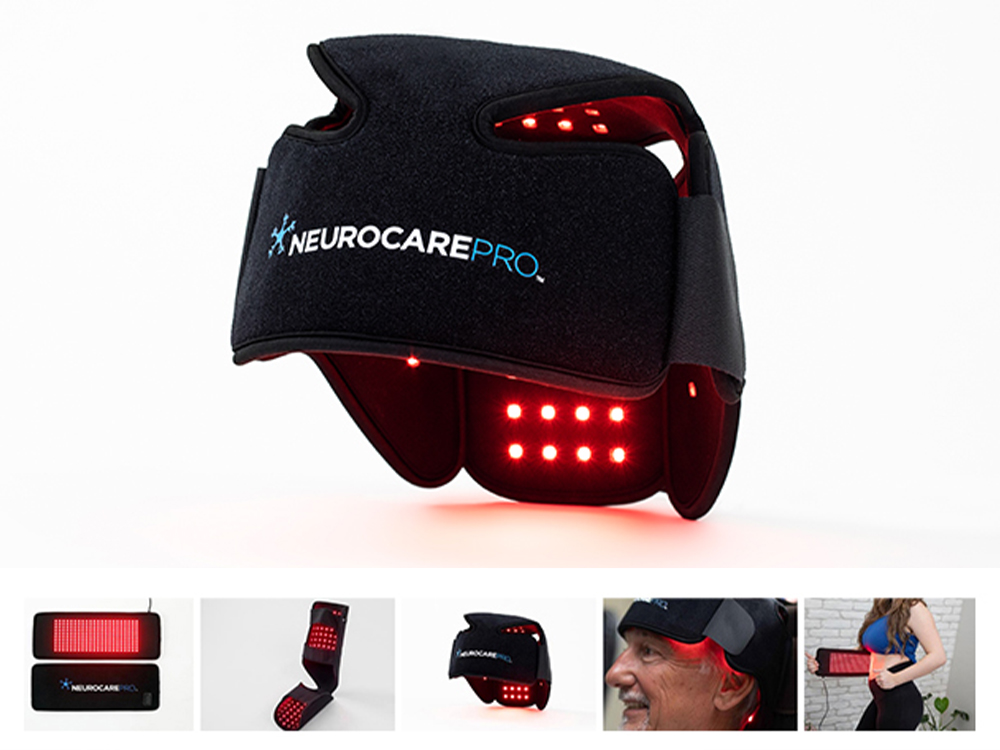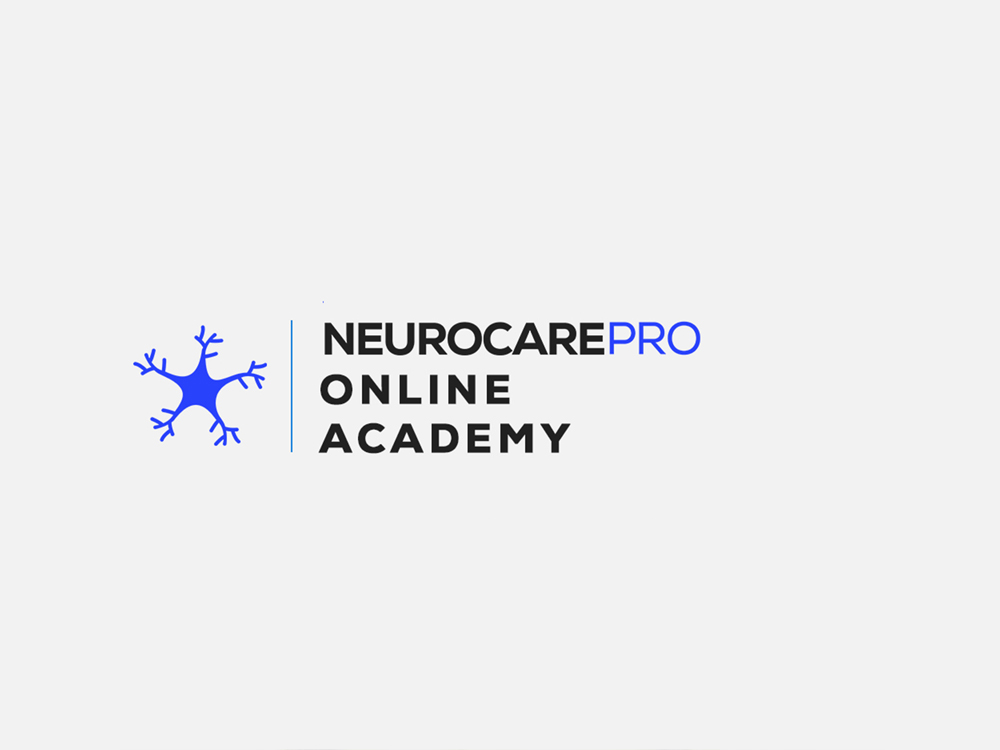What is Carpal Tunnel Syndrome and what causes it?
Carpal Tunnel Syndrome (CTS) is a condition caused by pressure on the median nerve within the carpal tunnel of the wrist. This pressure can result from swelling, inflammation, or anatomical changes that compress the nerve, leading to symptoms like numbness, tingling, weakness, or pain in the hand and fingers. Factors contributing to CTS include repetitive hand movements, wrist position during work or activities, genetics, and health conditions like arthritis, diabetes, and hormonal imbalances.
How does red light therapy work to alleviate symptoms of CTS?
Red light therapy alleviates symptoms of Carpal Tunnel Syndrome (CTS) by penetrating the skin and tissues to reduce inflammation and pain. It stimulates cellular repair and increases circulation, promoting healing in the affected area. This non-invasive treatment can enhance the function of the median nerve, reduce swelling, and improve hand and wrist mobility, offering a potential therapeutic option for those seeking relief from CTS symptoms.
Are there any studies supporting red light therapy as a treatment for CTS?
Yes, several studies support the use of red light therapy as a treatment for Carpal Tunnel Syndrome (CTS). Research has shown that red light therapy can reduce pain and improve hand function in CTS patients by reducing inflammation and promoting cellular repair within the carpal tunnel. These studies indicate that red light therapy is a promising non-invasive treatment option for those suffering from CTS, offering relief without the need for medication or surgery. For specific studies and detailed findings, consulting medical journals or healthcare databases is recommended.
How long does it typically take to see improvements in CTS symptoms with red light therapy?
The time to see improvements in Carpal Tunnel Syndrome (CTS) symptoms with red light therapy can vary. Some individuals may notice a reduction in symptoms such as pain and numbness within a few weeks of consistent treatment, while for others, it may take longer. The effectiveness and the time frame can depend on the severity of the condition, the specific parameters of the red light therapy used, and individual response to the treatment.
Can red light therapy be used as a standalone treatment for CTS, or should it be combined with other treatments?
Red light therapy can be used as both a standalone treatment and as part of a comprehensive treatment plan for Carpal Tunnel Syndrome (CTS). While it offers significant benefits in reducing inflammation and pain, combining it with other treatments such as wrist splinting, physical therapy, or ergonomic adjustments may enhance overall effectiveness and provide a more holistic approach to managing CTS symptoms.
What are the advantages of using red light therapy over traditional CTS treatments?
Red light therapy offers several advantages for treating Carpal Tunnel Syndrome (CTS) over traditional treatments. It’s non-invasive, painless, and has minimal side effects, making it a safe alternative for those seeking relief without surgery or medication. Additionally, red light therapy can be conveniently administered at home, providing flexibility in treatment schedules. Its mechanism of enhancing cellular repair and reducing inflammation directly addresses the underlying causes of CTS, potentially offering more comprehensive symptom relief.
Are there any side effects associated with using red light therapy for CTS?
Red light therapy is generally considered safe with minimal side effects. Most users experience no adverse reactions. However, some might notice mild discomfort, redness, or irritation at the treatment site, typically temporary and subsides shortly after therapy. It’s important to follow device instructions and consult with a healthcare professional, especially for individuals with specific health concerns.
How often should red light therapy be applied for optimal results in treating CTS?
The frequency of red light therapy for treating Carpal Tunnel Syndrome (CTS) can vary based on the specific device and the severity of the condition. Typically, treatments might be recommended several times a week, ranging from daily sessions to 2-3 times per week, with each session lasting around 15-30 minutes. It’s important to follow the guidance of the device manufacturer and consult with a healthcare professional to determine the most effective treatment plan for your specific needs.
Can red light therapy prevent the need for surgery in CTS patients?
Red light therapy may help manage symptoms of Carpal Tunnel Syndrome (CTS) and potentially reduce the need for surgery in some patients. By alleviating pain, reducing inflammation, and improving function, it offers a non-invasive option that might allow individuals to delay or avoid surgical intervention. However, the effectiveness can vary, and it’s important to consult healthcare professionals to determine the best treatment plan based on the severity of the condition.
What should patients look for when choosing a red light therapy device for CTS treatment?
When choosing a red light therapy device for Carpal Tunnel Syndrome (CTS) treatment, patients should consider FDA approval to ensure safety and efficacy. Look for devices with specific wavelengths proven effective for CTS, typically in the range of 630-670 nm for red light and 830-850 nm for infrared light. It’s also important to select a device with positive reviews from users with similar conditions, and consider the ease of use, especially for targeting the wrists and hands. Consulting with a healthcare professional before making a purchase is recommended.
If you have any other questions feel free to contact us for more information and how Neurocare Pro can potentially benefit you.
Visit Our Learning Center:
https://neurocarepro.com/learning-center/
Visit our YouTube page for more:
https://www.youtube.com/@neurocarepro
About Neurocare Pro
Neurocare Pro has established itself as a frontrunner in the realms of photobiomodulation, light therapy, and red light therapy, primarily through its range of FDA registered Class II medical devices. These innovative products are not only a testament to the company’s commitment to quality and safety but also reflect its dedication to pioneering advanced therapeutic solutions. By integrating the latest scientific research and technological advancements in light therapy, Neurocare Pro’s devices offer targeted, non-invasive treatments that harness the power of light for healing and rejuvenation. Their FDA registration underlines the rigorous testing and compliance standards they have met, instilling confidence in both healthcare professionals and patients. This distinction positions Neurocare Pro at the forefront of a rapidly evolving field, leading the way in providing effective, reliable, and cutting-edge treatments for a variety of health conditions. Their devices, widely recognized for their efficacy and innovation, are helping to shape the future of light therapy, offering new hope and improved quality of life for those seeking alternative and complementary therapeutic options.





